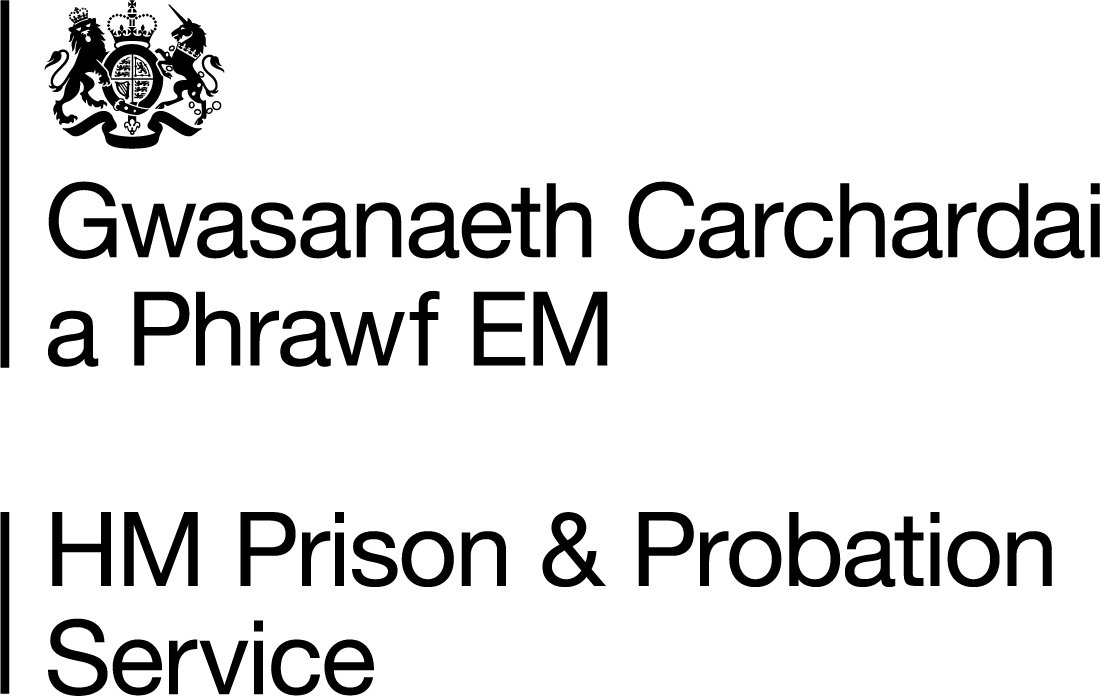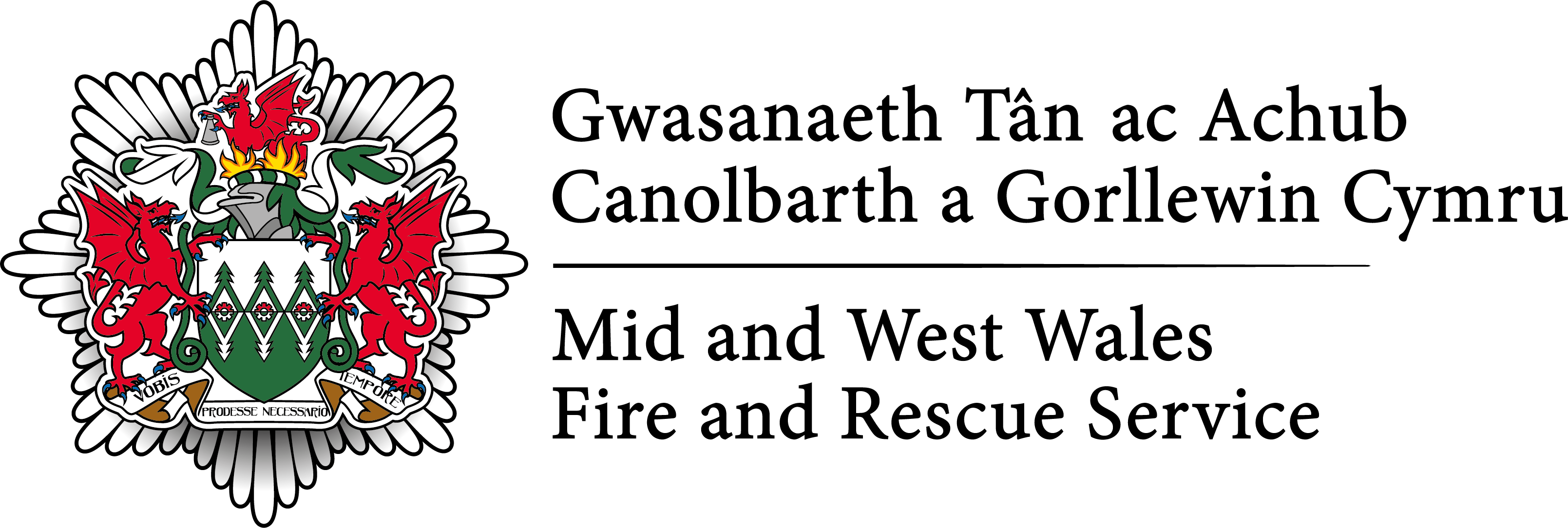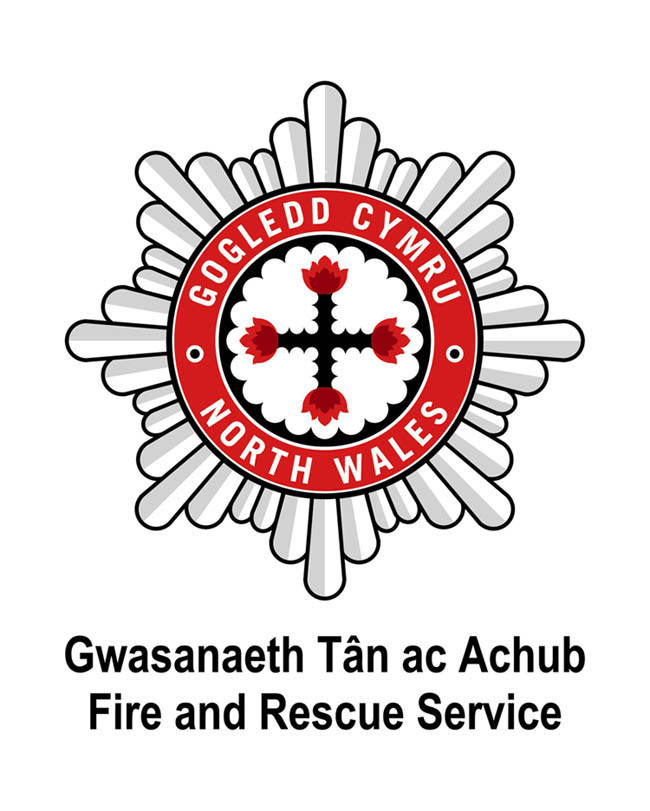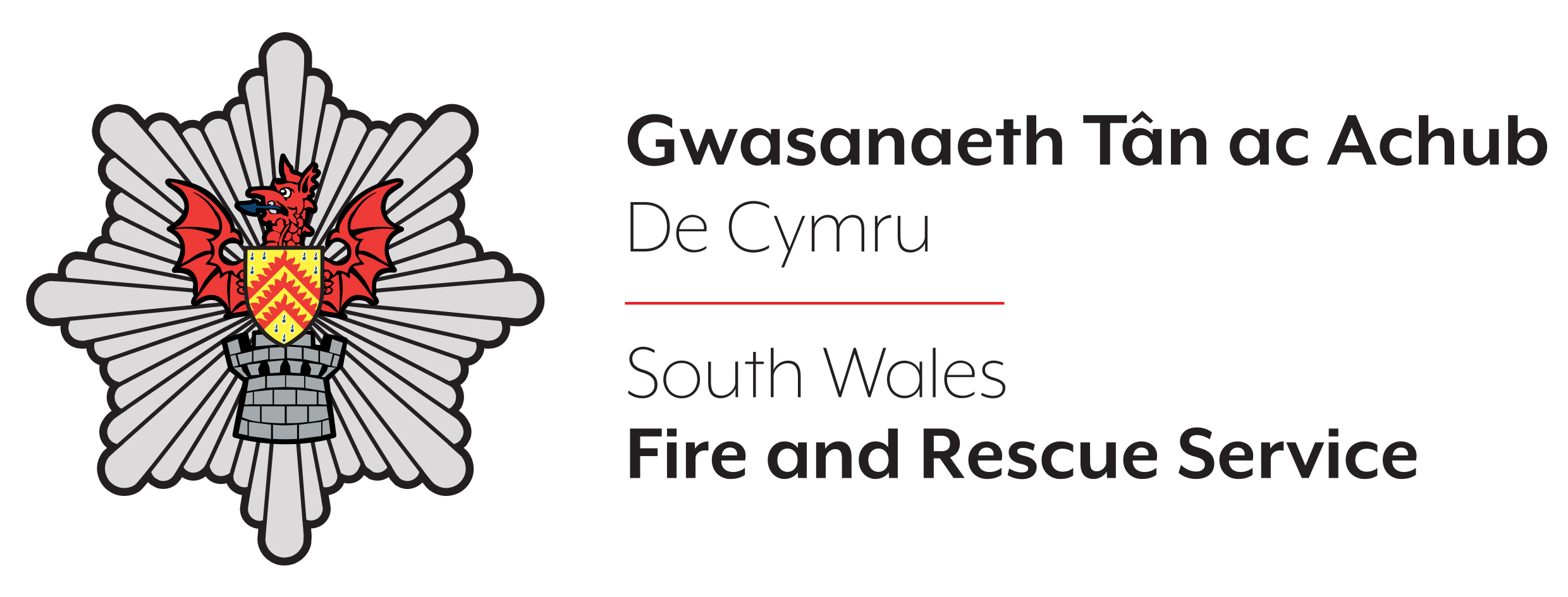Community safety is a partnership approach to reduce crime and disorder in local communities. The Morgan Report introduced the idea of ‘community safety’ by taking a ‘holistic’ local approach to crime reduction and prevention. This was expanded within the Crime and Disorder Act 1998, giving key agencies a legal duty to work together to address crime and improve public safety rather than police alone.
The terms ‘community safety’ and ‘safer communities’ are often used interchangeably; however, the latter generally reflects the broader ambitions for citizens in Wales. Much of the recent work of ‘safer communities’ in Wales has been driven by the Welsh Government’s Working Together for Safer Communities Review 2017. The review created a vision that safer communities will exist in Wales where ‘every community is strong, safe and confident in a manner that provides equality of opportunity, social justice, resilience and sustainability for all’.
Community Safety Partnerships
Community Safety Partnerships (CSPs), established by the Crime and Disorder Act 1998, are made up of representatives from the police, local authorities, and the fire, health and probation services (known as responsible authorities). Half of the required partners are devolved in Wales, reflected in amendments to the Act, giving Welsh Ministers powers to set certain requirements either alone or jointly with the Secretary of State for Wales.
Police and Local Government hold joint leadership for community safety, and designated staff within local authorities have oversight administration for the CSPs. Each responsible authority contributes their own particular local knowledge, professional expertise, and resources to ensure that the issues of most concern to local people are prioritised and addressed.
The Crime and Disorder Act 1998 enshrined the concept of statutory partnership working to reduce crime and disorder in the local community. Subsequent Home Office regulations and Acts, including the Police and Justice Act 2006, have broadened the requirements to deliver outcomes which relate to the prevention and reduction of crime and reoffending, fear of crime, anti-social behaviour, domestic abuse, and harm caused by substance misuse.
The statutory responsibilities of CSPs include:
- Providing a framework for sharing information to support local problem solving
Strategic assessments of need which inform the cycle of CSPs planning
- Reducing re-offending
- Commissioning domestic homicide reviews (established under s9 Domestic Violence, Crime and Victims Act 2004)
Community Safety Areas of Work
Since its introduction, community safety and CSPs have been shaped by additional policy and legislation, including the introduction of Police and Crime Commissioners within the Police Reform and Social Responsibility Act 2011, who have responsibility for joining up the work of community safety and criminal justice. Notably, the Well-being of Future Generations (Wales) Act 2015, which introduced Public Service Boards (PSBs), whose work provides ‘significantly overlap with the Community Safety Partnerships’ according to The Commission on Justice in Wales. PSBs undertake local well-being assessments and plans, which according to the Act, must take account of strategic assessments prepared by CSPs.
Community safety intersects with multiple policy areas and relies on effective multi-agency working at local, regional, and national levels. CSPs have oversight and responsibility for several areas under a community safety umbrella. Some support specific duties, including tackling:
- Anti-Social Behaviour (ASB) and Disorder
- Violence Against Women, Domestic Abuse and Sexual Violence (VAWDASV)
- Terrorism and Extremism
- Substance Misuse
- Crime and Crime Prevention activity more broadly
Whereas involvement in other areas will depend on the priorities set:
- Serious Violence and Organised Crime
- Public Safety
- Modern Slavery and Exploitation
There are other areas that interweave with the work of community safety, such as Safeguarding and Early Intervention, Youth Justice, Integrated Offender Management (IOM), and Equalities, Inclusion and Community Cohesion.
Find out how the Wales Safer Communities Network is supporting the work of Community Safety Partnerships here.










